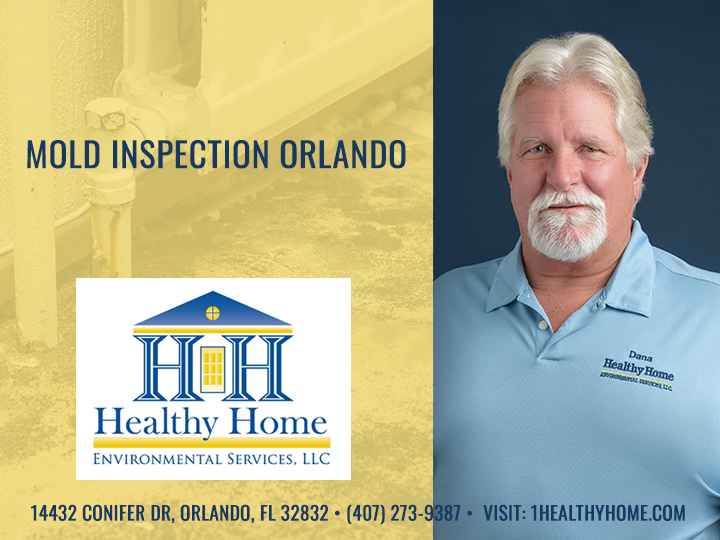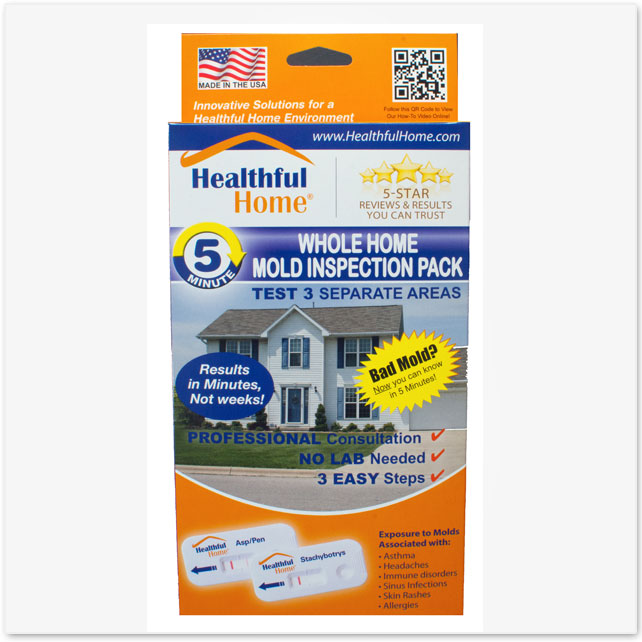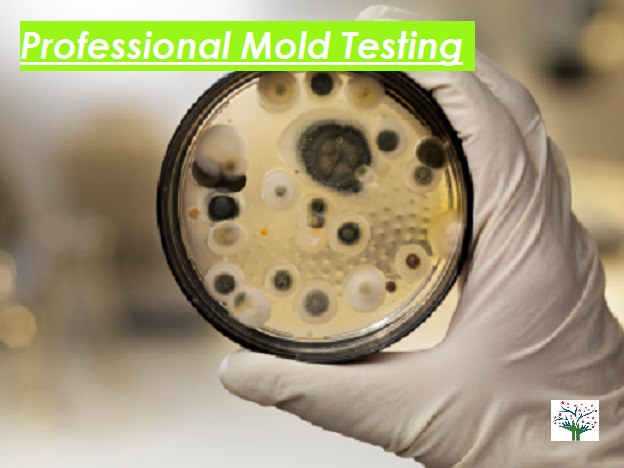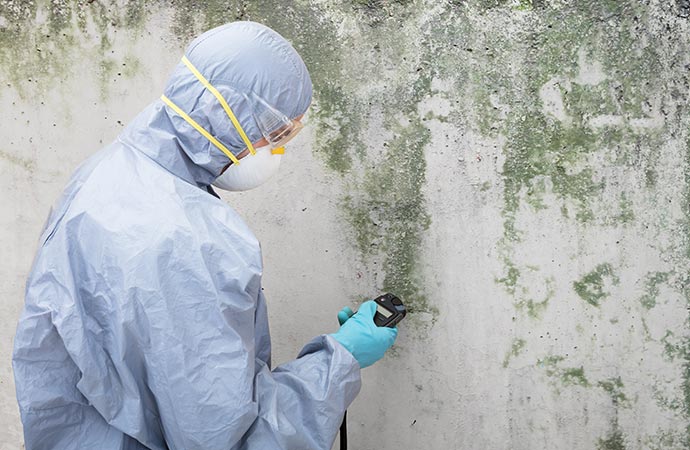Selecting the Right Mycotoxin testing Services for Your Business
Selecting the Right Mycotoxin testing Services for Your Business
Blog Article
Exactly How Mycotoxin Screening Assists Avoid Contamination and Secure Food Supplies

Mycotoxin testing is a vital method in the food sector, working as a frontline defense versus contamination by dangerous contaminants generated by molds. With the application of innovative methods like High-Performance Liquid Chromatography (HPLC) and Liquid Chromatography-Mass Spectrometry (LC-MS), food producers can properly quantify and spot mycotoxin levels in agricultural items. This proactive approach not only ensures conformity with stringent safety and security guidelines however also reduces health dangers to consumers. Moreover, routine testing strengthens brand track record and monetary health by decreasing contamination-related events. How exactly do these screening procedures incorporate right into the wider food safety and security method?
Understanding Mycotoxins
Comprehending mycotoxins begins with recognizing that they are hazardous second metabolites produced by particular mold and mildews, which can pollute agricultural items. These metabolites are not essential for the development or reproduction of the fungi yet can have severe implications for human and animal wellness. Mycotoxins are typically discovered in staple plants such as corn, wheat, barley, and nuts, where they can multiply under certain conditions of wetness and temperature.
There are a number of types of mycotoxins, each generated by different fungal varieties. Fusarium species generate fumonisins and trichothecenes, both of which are associated with numerous acute and persistent health concerns.

Dangers of Mycotoxin Contamination
The dangers of mycotoxin contamination are diverse, posturing considerable dangers to both food safety and public wellness. Mycotoxins, harmful compounds created by certain types of fungis, can pollute a large variety of agricultural items consisting of grains, nuts, seasonings, dried fruits, and coffee.
Financial influences are an additional significant issue. Infected crops can result in substantial monetary losses for farmers and food manufacturers due to lowered yields and the need for pricey decontamination procedures. Worldwide profession can be substantially prevented as countries implement stringent mycotoxin policies to shield their populations, leading to rejected deliveries and stretched trade relationships.
Ecological aspects such as environment adjustment exacerbate the danger of mycotoxin contamination. Variants in temperature level and moisture can produce favorable conditions for fungal growth, enhancing the chance of contamination events. Hence, understanding and minimizing these dangers are essential for making sure the security and integrity of global food materials.
Approaches of Mycotoxin Examining
Accurately identifying mycotoxin contamination in agricultural items is crucial for safeguarding public health and wellness and keeping food safety standards. Numerous techniques are used to discover and quantify mycotoxins, each offering details advantages and limitations.
High-Performance Liquid Chromatography (HPLC) is a widely utilized method due to its high level of sensitivity and precision. It involves separating mycotoxins from other compounds in a sample, making it possible for precise metrology. In A Similar Way, Fluid Chromatography-Mass Spectrometry (LC-MS) incorporates fluid chromatography with mass spectrometry to give in-depth molecular information, making it especially helpful for recognizing multiple mycotoxins concurrently - Mycotoxin testing Services.

Gas Chromatography-Mass Spectrometry (GC-MS) and Thin-Layer Chromatography (TENDER LOVING CARE) are additionally used, each with unique applications. GC-MS works for unstable mycotoxins, while tender loving care uses a less complex, affordable option for initial screening.
Advantages of Routine Evaluating
Normal testing for mycotoxins in agricultural items uses various benefits, considerably contributing to public health and food safety and security. By determining contamination early, routine screening aids stop the circulation of toxic foods, thereby decreasing the danger of mycotoxin-related health problems amongst consumers. This proactive method not just safeguards human health and wellness yet also enhances the general high quality of food supplies.
Various countries and areas have actually established strict limitations for mycotoxin levels in food and feed. Sticking to these limits with normal testing makes sure that producers and providers satisfy lawful criteria, thus preventing fines and trade barriers.
Furthermore, normal mycotoxin screening can lead to considerable financial advantages. Early discovery of contamination enables timely intervention, lowering potential losses from extensive contamination. Applying regular testing procedures can likewise decrease recall costs and associated obligations, which can be monetarily ruining.
Furthermore, routine screening gives valuable data that can notify much better farming techniques and storage space problems. By comprehending patterns of contamination, manufacturers can take on safety nets, therefore contributing and minimizing future threats to the sustainability of the food supply chain.
Applying Testing Protocols
Implementing reliable mycotoxin testing protocols is important for guaranteeing the security and high quality of agricultural products. Developing a durable testing framework involves numerous vital actions, starting with the identification of potential contamination factors within the manufacturing and supply chain. This consists of pre-harvest, post-harvest, storage, and distribution phases. Each phase has to be inspected to determine where mycotoxin contamination is probably to occur.
As soon as important control factors are recognized, choosing suitable screening techniques is vital. Typical techniques include enzyme-linked immunosorbent assay (ELISA), high-performance fluid chromatography (HPLC), and mass spectrometry (MS) Each approach has its weaknesses and staminas; therefore, picking the right one relies on the certain mycotoxin being evaluated, the required level of sensitivity, and Recommended Reading available resources.

Last but not least, integrating the testing methods into a comprehensive food safety and security administration system is recommended. This enhances traceability and allows swift corrective activities when contamination find out this here is spotted, therefore securing the integrity of the food supply chain.
Verdict
Mycotoxin screening is essential in stopping contamination and guarding food supplies by allowing very early discovery of hazardous contaminants generated by molds in agricultural items. Normal screening enhances brand track record, economic stability, and count on in food safety and security by decreasing contamination-related losses and preserving high standards in food manufacturing.
Mycotoxin testing is a crucial method in the food sector, offering as a frontline defense against contamination by dangerous toxins produced by molds. An incorporated strategy including farming techniques, storage space monitoring, and normal screening can minimize the dangers connected with mycotoxin contamination, making certain food safety and security and public wellness.
The threats of mycotoxin contamination are complex, posturing substantial hazards to both food safety and security and public health and wellness.Routine testing for mycotoxins in farming items uses various benefits, considerably contributing to public wellness and food safety and security.Mycotoxin testing is vital in avoiding contamination and safeguarding food products by enabling very official source early detection of dangerous toxic substances generated by mold and mildews in agricultural products.
Report this page